Check out two easy Spanish tapas recipes and some insight about a Rioja Tempranillo wine and preparing for test time.
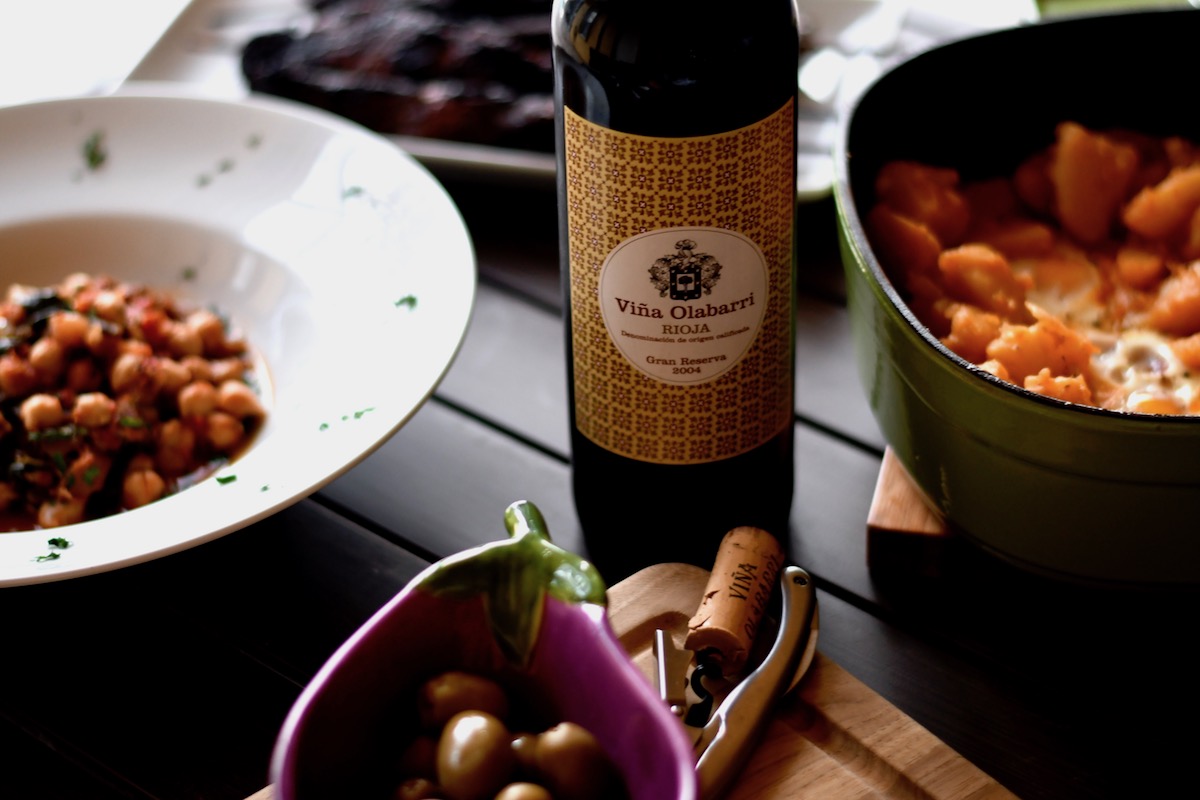

Check out two easy Spanish tapas recipes and some insight about a Rioja Tempranillo wine and preparing for test time.
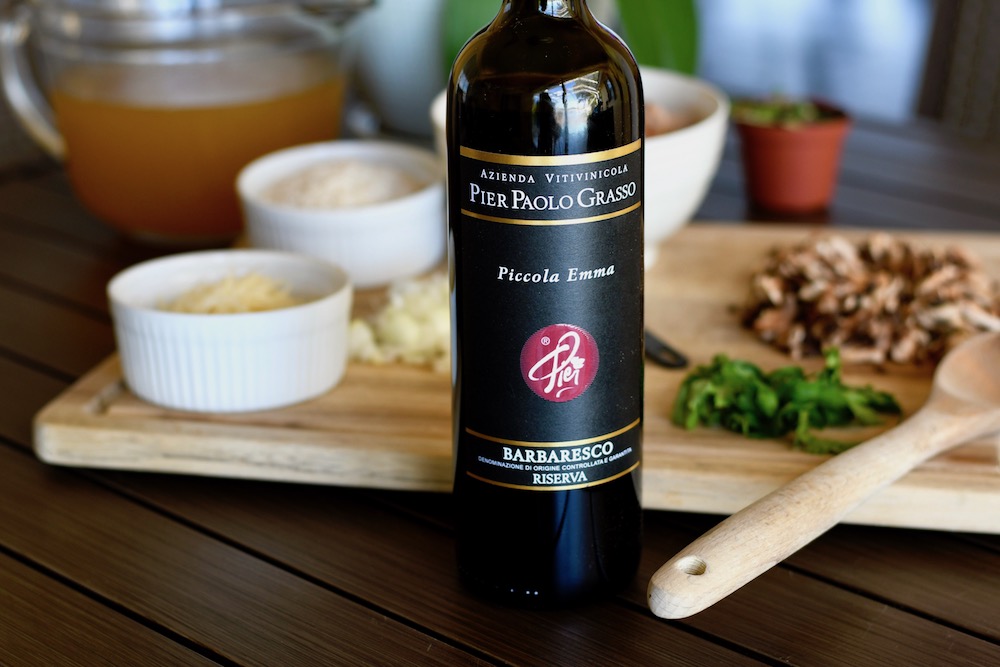
Virtual Travel to a Piemonte vineyard is the perfect way to escape from pandemic-related bad dreams. Enhance your daydreams and enjoy a wine pairing lunch with Barbaresco wine and Risotto with Sausage.
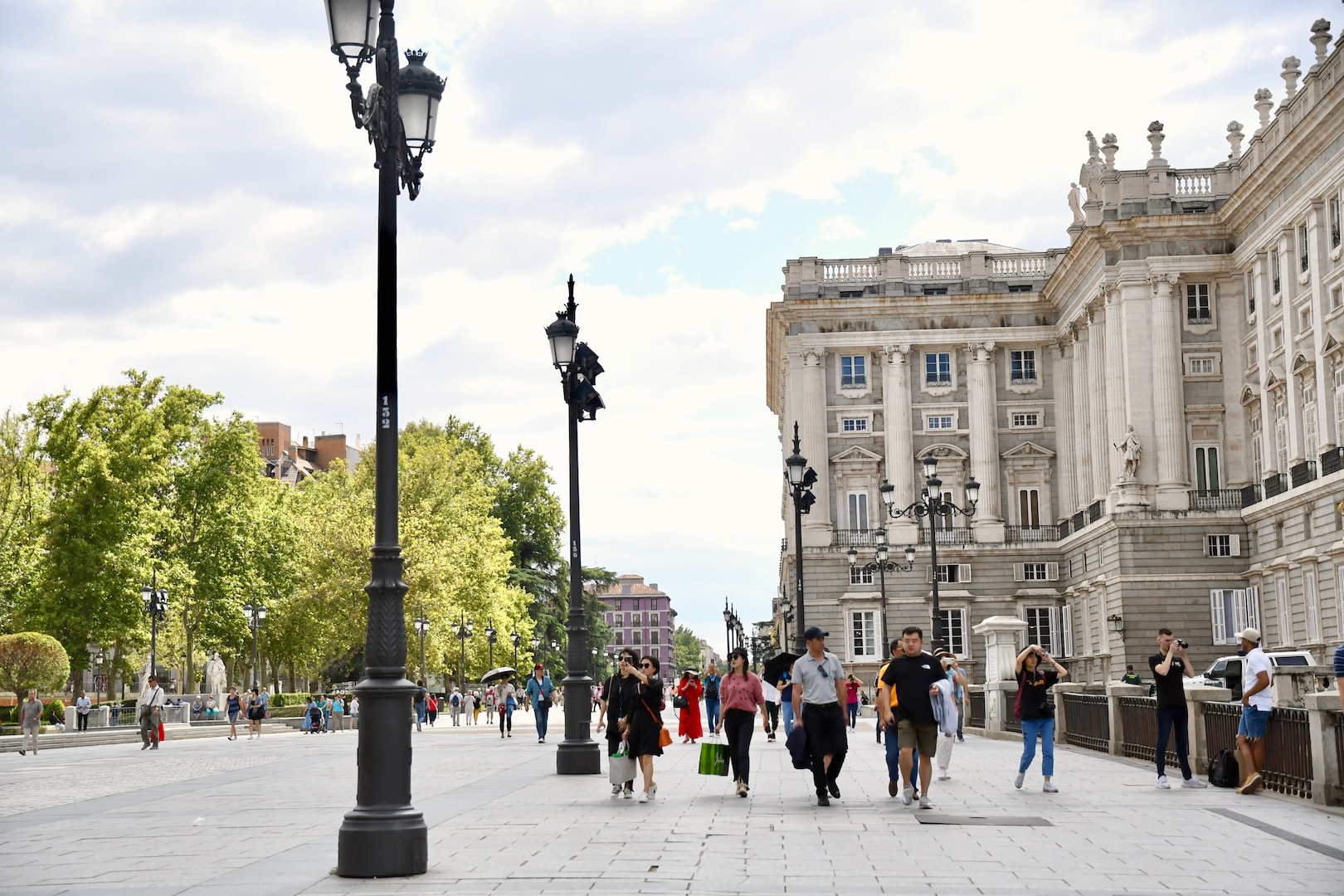
Read about some of my favorite places to eat in Madrid and Granada, Spain. Thanks to James Blick and Devour Tours my travel to Spain was very delicious and I’m able to savor those memories through continued virtual experiences.

While under at stay-at-home order, here’s a fast, easy and nutritious breakfast for the whole family.

A guide to Art Basel Miami 2019 and which art fairs and events that I’ll visit during Miami Art Week. Follow my Blog and Instagram stories @AllegoryPR #MyArtEscape

It’s Foodie Friday and unlike last week, I’ve eased back into routine ready to tackle deadlines and a long ‘To Do’ list. Although the memory is far from my taste buds, through…
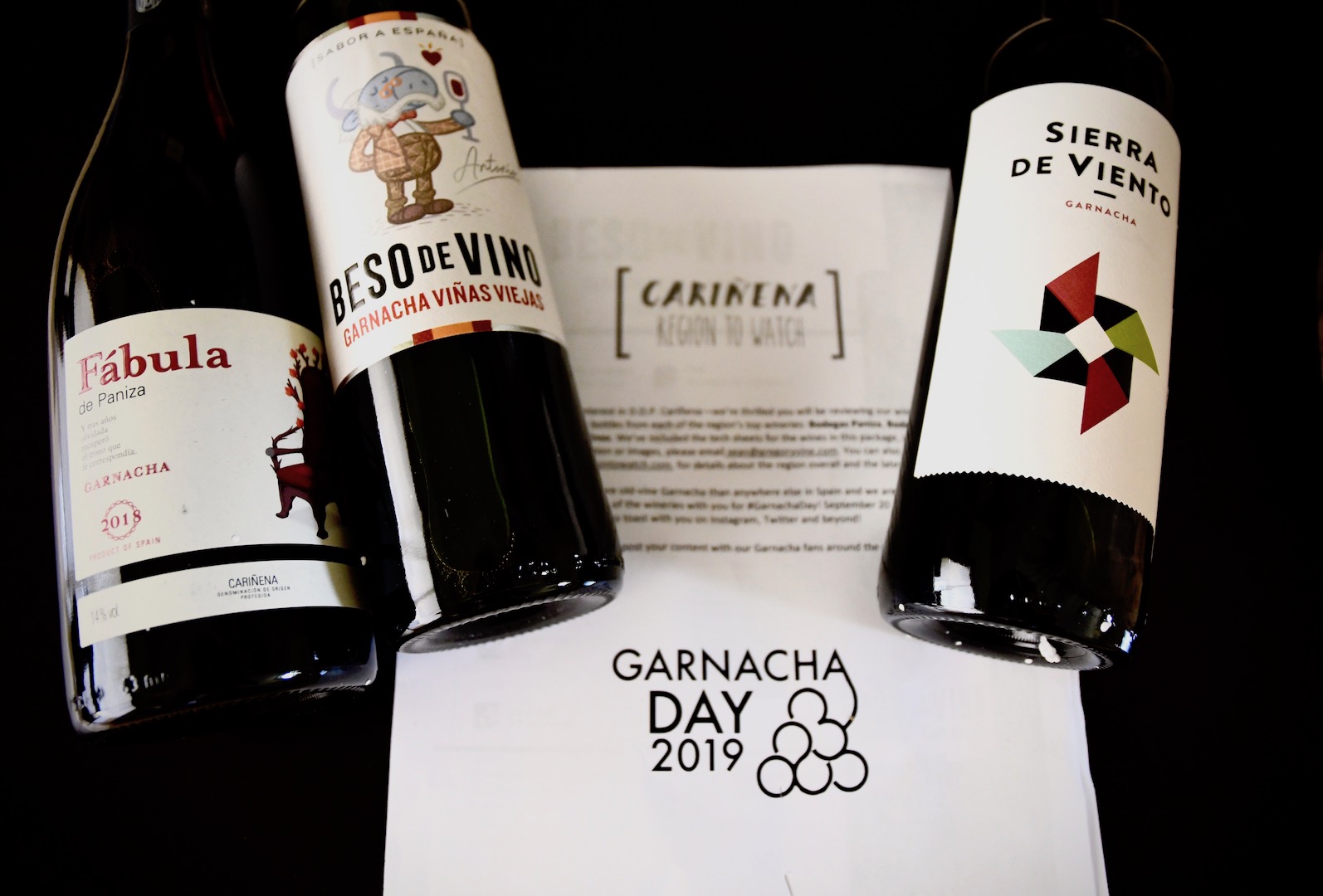
TGIF and Happy #GarnachaDay! Following a hurricane postponement of the Miami Home Show and rushing to get all of my work done and in place before flying to Spain, I began ignoring…
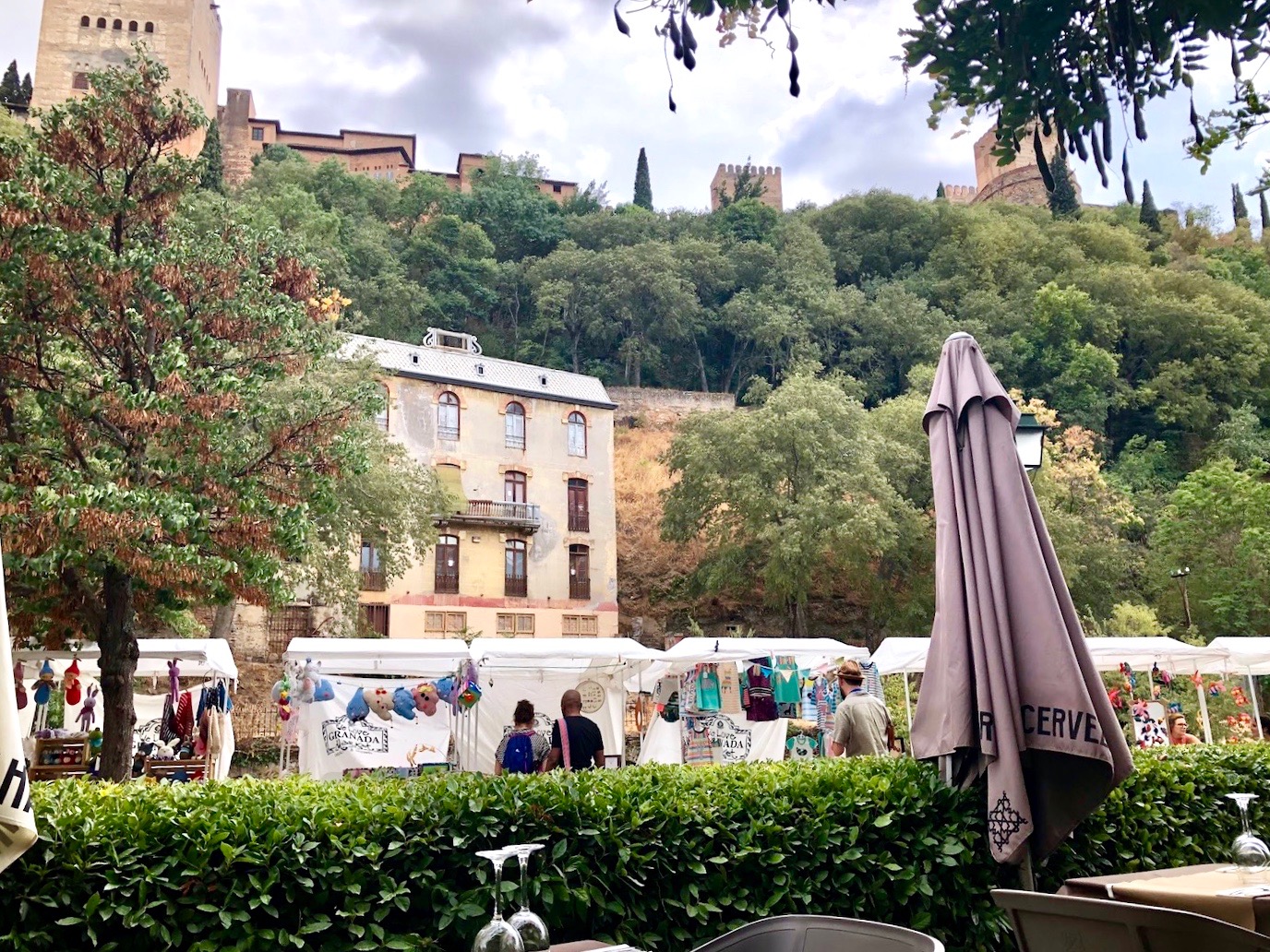
I’m back from Spain and what better way to celebrate Wine Wednesday than with an authentic Spanish food and wine pairing? Unlike Madrid, it was a challenge to find a good selection…
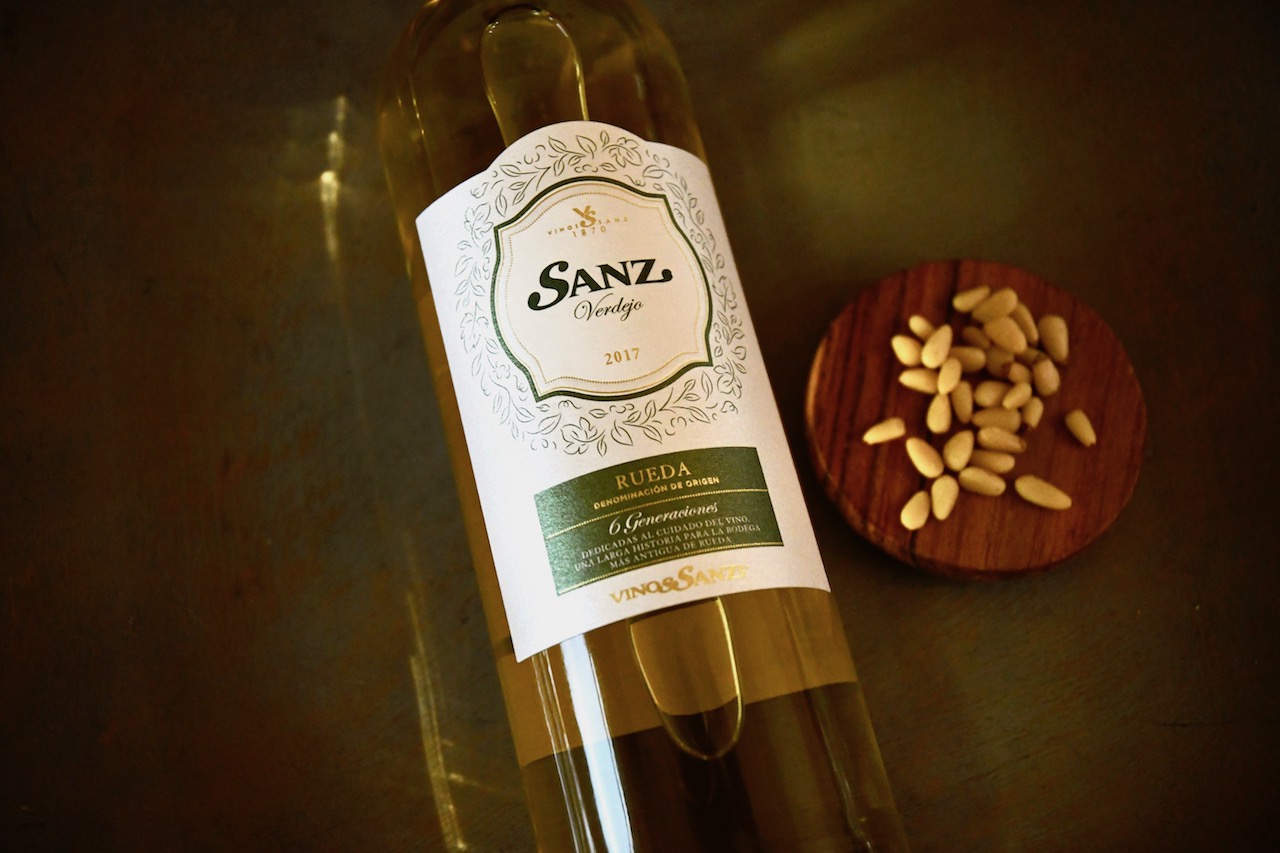
If you’ve been following my Blog or are connected with me on social (@AllegoryPR #MyArtEscape,) you’ll know that I’m slowly making my way through the Society of Wine Educators (SWE) Certified Specialist…